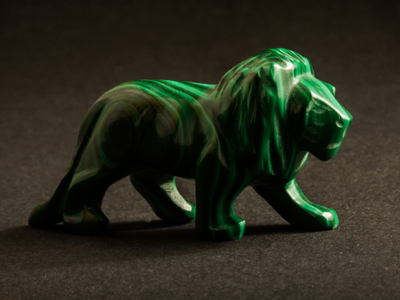For high school Chemistry, an understanding of the periodic table is required. In this particular quiz we focus on the transition elements (or the transition metals), which are found between groups 2 and 3 (please note that a few schools teach group 3 is called group 13).
The transition elements are a family of metals that are found in the block at the center of the periodic table between group 2, the alkaline earth metals, and group 3, the group that includes the important metal aluminum. Transition elements are often referred to as the transition metals and they include metals that you are very familiar with - iron, copper, silver, gold, zinc and others. Many other transition elements are used for everyday items including coins. Coins are made from metals that are 'self-sterilising'. This means that bacteria on the surface of the coin are killed by the metal.
This part of the periodic table also includes metals that are commonly used in small quantities to form alloys, for example, chromium which is alloyed with iron and nickel to produce stainless steel, and titanium, which is alloyed with iron to make a very tough type of steel that is used for armor plating on military vehicles. When alloyed with other metals, titanium is also used for pipes in nuclear power stations and artificial hip joints! You may also have noticed that whenever you come across a chemical reaction that requires a catalyst, the catalyst is often a transition element or a compound of one.
Since they are metals, the transition elements conduct electricity, are ductile and malleable, have high melting points (except mercury), have high densities and so on. They are a lot less reactive than the other metals that you have studied, which is why some of them can be used for making jewelry. But there are some unique properties that you also need to know about. The main one is that they can form colored compounds. Think about the compounds of copper that you have come across - copper sulfate is blue, copper carbonate is green and copper oxide is black. The iron compounds that you have met are also colored, probably the one that you are most familiar with is the oxide of iron that you know as rust. But not all transition element compounds are colored, zinc oxide is white for example (that's the chemical that turns pale yellow when you heat it).
Unlike the other metals, the transition elements can form several different ions, for example, iron can form Fe2+ and Fe3+ ions. Vanadium can form seven different ions. You will usually see a Roman numeral in parentheses after the name, which indicates the ion that is present e.g. copper (II) or iron (III). This appears in the names of the transition element compounds - copper sulfate should properly be called copper (II) sulfate to indicate that it is the Cu2+ ion that is present. This property, and the reason why they form colored ions, is down to their electronic structure, which is more complicated than those of the first 20 elements. There is a partially filled electron shell between their third and fourth shells. Luckily you don't need to be able to draw the arrangement of electrons for these elements.








